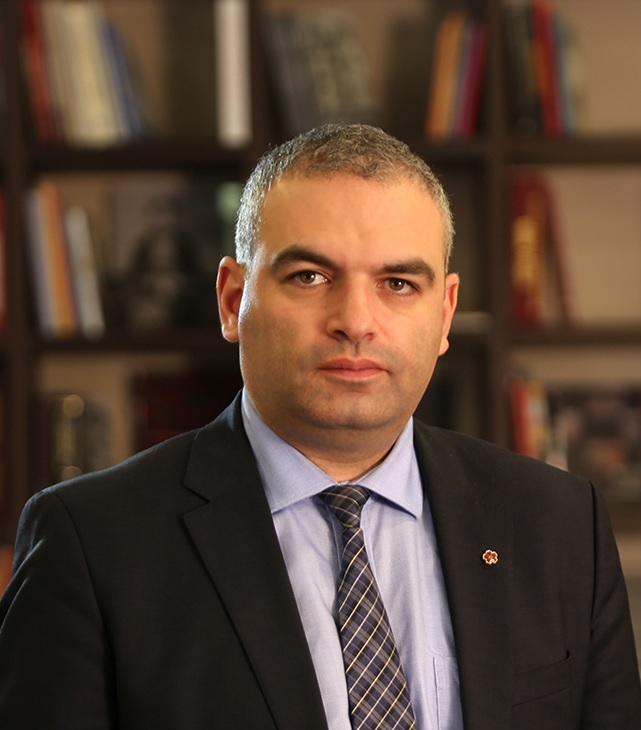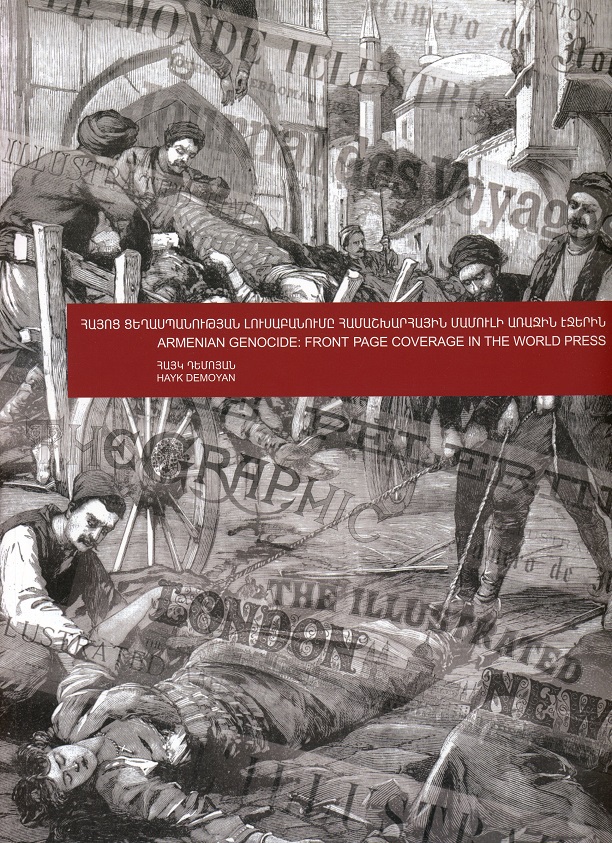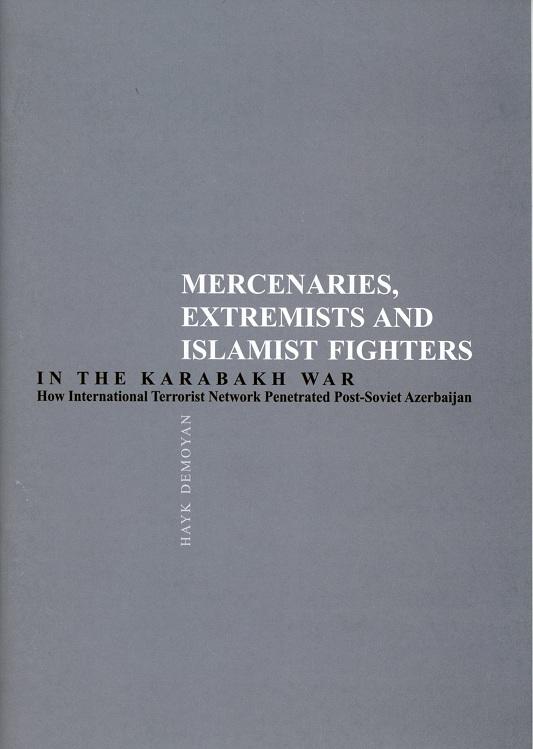ARMENIAN GENOCIDE: FRONT PAGE COVERAGE IN THE WORLD PRESS
The persecution of the Armenians and the massacres committed against them received extensive coverage by the international media of the day. This coverage shed light on the many facets of the centuries-long persecution of Armenians and highlighted numerous issues concerning the genocide of the Armenian people. Especially notable were the British, Russian, French and American newspaper reports about the Hamidian massacres of 1894-1896, the Adana atrocities of 1909, and the Genocide of 1915-1923. A large number of reports and articles also referred to the humanitarian consequences of the Genocide, such as the fate of Armenian deportees, the caring of orphans, and the rescue of women and children abductees.
These publications in the foreign media convey to us invaluable information about genocide as a phenomenon, its processes and consequences, and serve as indirect evidence of the historic truth of the Armenian Genocide.
The eyewitness accounts of people fleeing the Ottoman Empire and of survivors of the Genocide served as a primary source for international reporters and newspaper editors, who also relied on reports sent back by foreign diplomats, relief workers, missionaries and other eyewitnesses who saw firsthand the scale and extent of the massacres being unleashed on the Armenian populace and on other Christian minorities in the Ottoman Empire at the end of 19lh and the beginning of the 20th century.
Particularly important information about the ongoing violence and the crimes against humanity was provided by reporters of foreign periodicals, who by virtue of their presence on the ground were able to give chronologically accurate reports about the events. These publications in European and American newspapers and journals often included gruesome photographs, and are of particular interest as they offer exceptional photographic and primary evidence and a true glimpse into the tragedy that was unfolding in the Ottoman Empire at the time. They also enable readers to understand the overall situation and empathize with the unimaginable suffering of the deportees and survivors of the mass slaughter that was taking place in that empire.
As a result of these publications, the international community was made aware of the ongoing crimes committed by the Ottoman Turkish government. Thanks to the numerous articles and editorials that appeared in the global media at the time, pro-Armenian movements and initiatives gained momentum, and massive humanitarian fundraising campaigns were launched to help the survivors of the Genocide. In fact, as early as the Hamidian massacres, certain editorial offices were actively assisting in the organization of fundraising activities to help destitute Armenians.
The publications dealing with the persecution of Armenians that appeared on the front pages of European and American newspapers are especially interesting, and are indicative of the topicality of the Armenian Genocide at the time and of the intensity of the desire to know what was happening to the Armenians.
HAYK DEMOYAN
Director of the Armenian Genocide Museum-Institute



